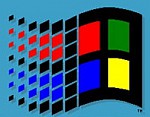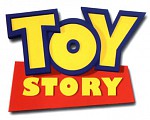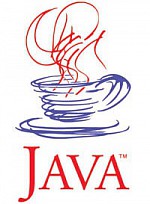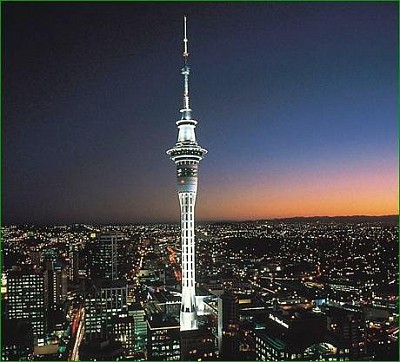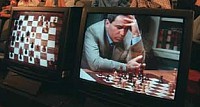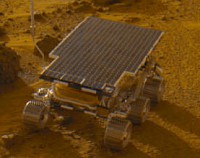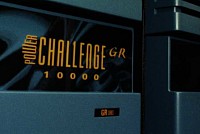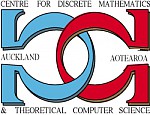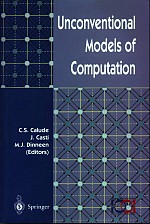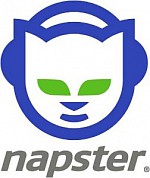Computer Science
Computing History Displays: Computer History Time Line - The global village
The 1990s sees major changes in the computer industry as mainframes are challenged by the superior performance and price of personal computers. By the end of the decade the fastest computer processors available are single-chip microprocessors as used in everyday PCs. The world wide web grows beyond all expectation and by 2000 there are over 7 million websites internationally.
The PACRIM fibre cable, laid in 1992, connects New Zealand to the electronic world. Fibre optic cable communications, well advanced as early as 1985, developed steadily and spectacularly in capacity and technology for amplification. But the commissioning of PACRIM means submarine fibre cables replace geostationary satellites as the preferred method for global high-speed communication.
The development of the MOSAIC browser in 1993 leads to the World Wide Web - WWW- (defined at CERN in Geneva in 1991, byTim Berners-Lee) becoming the dominant internet application. In New Zealand, the link to the Internet in the US, established in 1989 through servers at Waikato University, lays the foundation for fast adoption of the technology.
4.5.5 Woody creates a buzz
Toy Story, the first fully computer-generated film in 1993, is a milestone in the field of Computer Graphics which uses computers to model and display realistically natural scenes. Computer graphics started in the 1950s with primitive displays that built pictures from straight lines. As computers become more powerful and screens improved to provide fine-resolution bit-mapped displays, the field of computer graphics expands. By the 1980s computer graphics are being widely used in advertising. New Zealand is been a strong participant with companies such as Animation Research Limited in Dunedin which developed Virtual Spectator for depicting America's Cup yachting. Expat New Zealander Andrew Adamson's animated film Shrek and Peter Jackson's trilogy The Lord of the Rings show that our workshops can foot it with the world's best.
4.5.7 Java jive
The development of the JAVA programming language in 1995 makes it possible to provide programs to be executed remotely over the Internet. The nice features of the language result in its becoming an introductory standard language to use in universities worldwide. It is an Object-Oriented language which builds on the history of C++ in 1985 and goes back to Smalltalk in the early 1970s.
In 1997, an IBM computer and a special program called "Deep Blue" beats the world chess champion Garry Kasparov. Computer chess has been an ambition in Computer Science since very early days - Turing wrote one of the first chess programs. It is part of the field of Artificial Intelligence (AI) - writing programs that endow computers with attributes of human reasoning ability.
4.5.12 The heart of the matter
In the same year, the University of Auckland's Engineering Science Department installs a supercomputer, the first here with multiple processors intended for massive numerical calculations. It is housed in the Biomedical Engineering Research Unit. Medicine has also seen impressive application of computers, particularly Computer Aided Tomography (CAT) scanning.
4.5.13 Unconventional but discrete
Also in 1998, our Centre for Discrete Mathematics and Theoretical Computer Science hosts the first international conference on Unconventional Models of Computation (UMC'98). This discusses approaches to calculation - quantum computing for example - which are different from and extend beyond the model proposed by Turing.
4.5.14 Programming as a profession
The establishment of a software engineering degree in 1999 marks the coming of age of this department. The Computer Science Department has always taught programming to its students but this degree, a joint venture between Computer Science and the Department of Electrical and Electronic Engineering, recognises the importance of programming as a profession.
1999 is the year music was free, albeit briefly. The MP3 standard for compressed sound is a subset of MPEG and accepted earlier but with the arrival of software for playing MP3 files this becomes a popular way of encoding music. Napster introduces software for exchanging MP3 files but it is shut down by pressure from the music industry and is now replaced by systems which charge for single-song downloads.
Top

